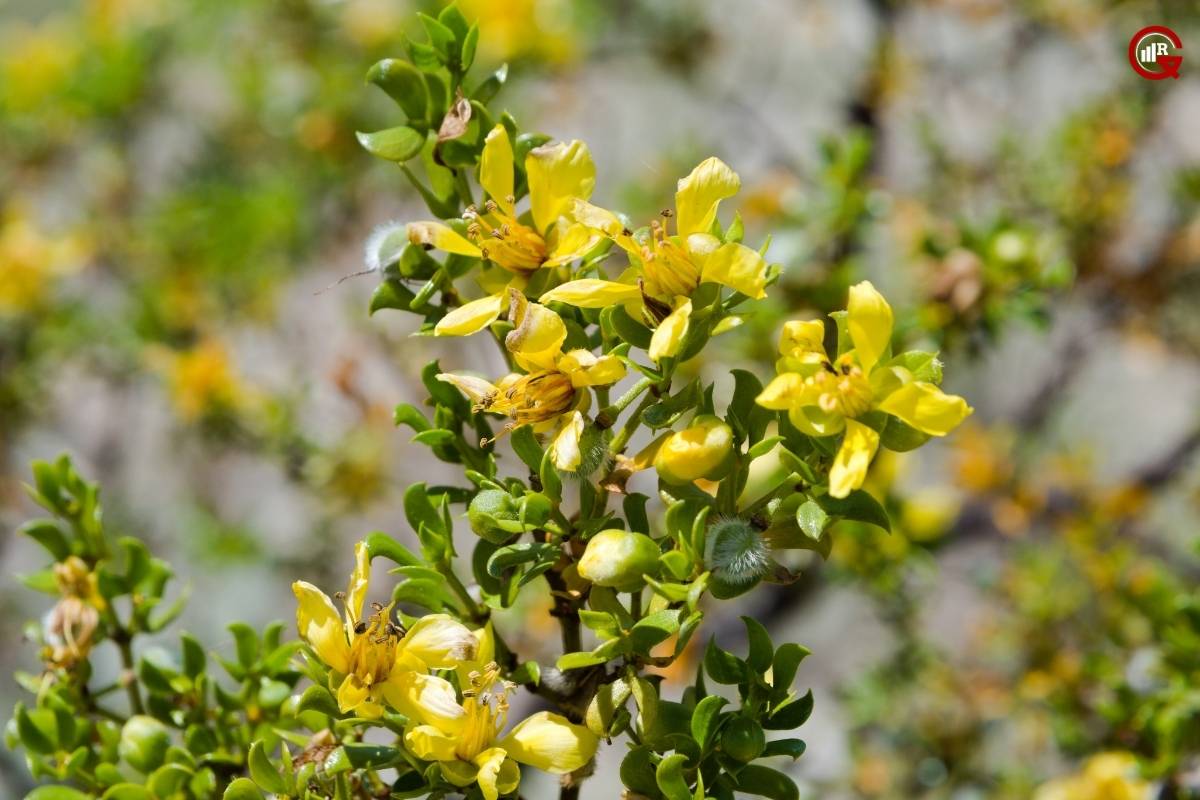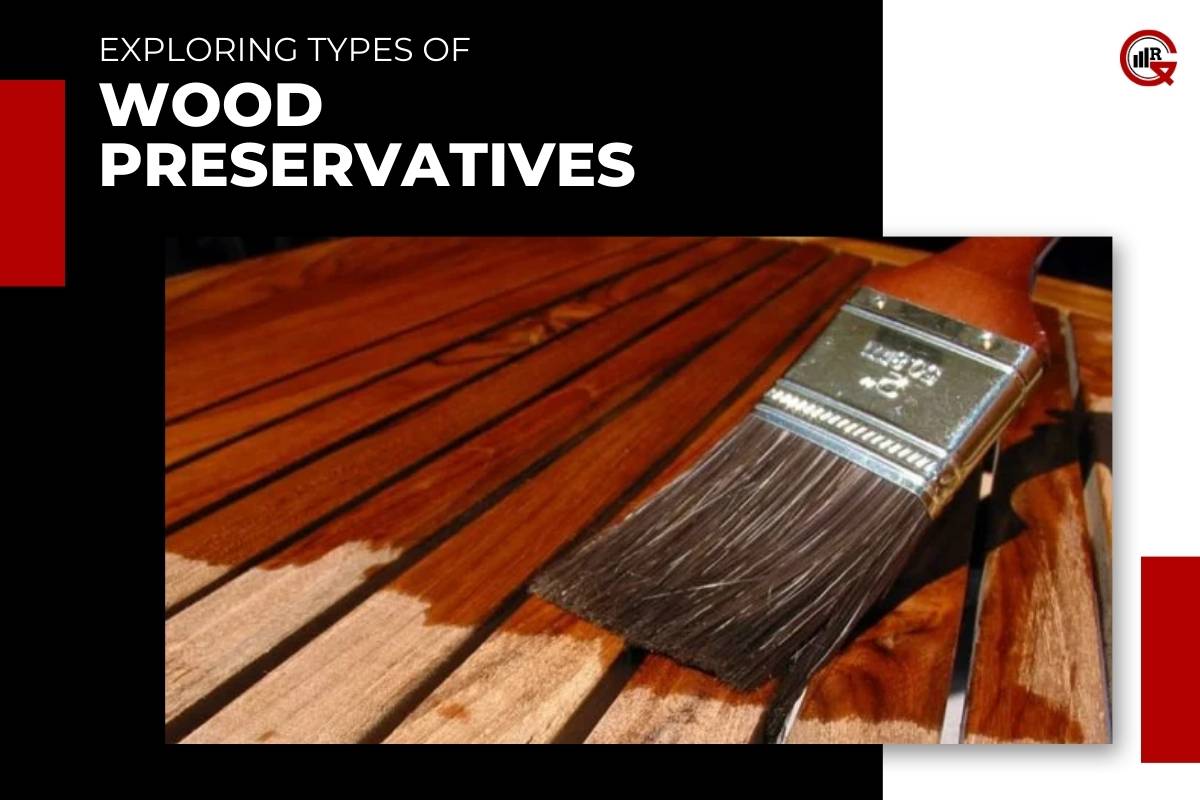Wood is a versatile and widely used material in construction, furniture making, and outdoor structures. However, wood is susceptible to deterioration due to factors such as moisture, insects, and fungi. To protect wood from decay and prolong its lifespan, various wood preservatives are used. In this article, we’ll explore seven types of wood preservatives commonly used in the industry.
Here are the 14 Important Types of Wood Preservatives:
1. Oil-based Preservatives
Oil-based wood preservatives, such as linseed oil, tung oil, and vegetable oil, penetrate the wood fibers and provide a protective barrier against moisture and insects. These preservatives nourish the wood and enhance its natural beauty while also offering some level of UV protection. Oil-based preservatives are commonly used for outdoor furniture, decks, and fences.
2. Water-based Preservatives
Water-based preservatives, also known as water repellents or sealants, are applied to the surface of the wood to create a protective barrier against moisture and fungal decay. These preservatives are easy to apply and environmentally friendly, making them a popular choice for interior woodwork, such as cabinets and trim, as well as outdoor structures like gazebos and pergolas.
3. Pressure-treated Wood
Pressure-treated wood preservatives is treated with chemical preservatives under high pressure to impregnate the wood fibers and provide long-lasting protection against decay, insects, and moisture. Commonly used chemical preservatives for pressure-treated wood include chromated copper arsenate (CCA), alkaline copper quat (ACQ), and copper azole (CA). Pressure-treated wood is commonly used for outdoor decking, fencing, and structural framing.
4. Creosote

Creosote is a tar-like substance derived from coal tar or wood tar and is commonly used as a wood preservative for outdoor applications such as railroad ties, utility poles, and marine pilings. Creosote provides excellent protection against decay, insects, and rot, but it has a strong odor and may leach chemicals into the soil, posing environmental concerns.
5. Borate Preservatives
Borate preservatives, such as disodium octaborate tetrahydrate (DOT), are salts derived from boron compounds and are used to protect wood against fungal decay and insect infestation. Borate preservatives are effective against a wide range of wood-destroying organisms and are considered environmentally friendly and safe for humans and pets. Borate-treated wood is commonly used for interior framing, sill plates, and wall studs.
6. Copper Naphthenate
Copper naphthenate is a copper-based wood preservative that is dissolved in oil or solvent and applied to the surface of the wood. Copper naphthenate provides excellent protection against fungal decay, termites, and other wood-destroying insects. It is commonly used for outdoor applications such as fence posts, utility poles, and marine pilings.
7. Alkaline Copper Quaternary (ACQ)
Alkaline copper quaternary (ACQ) is a water-based wood preservative that contains copper and a quaternary ammonium compound. ACQ is an effective alternative to chromated copper arsenate (CCA) for pressure-treated wood and provides long-lasting protection against decay, insects, and moisture. ACQ-treated wood is commonly used for outdoor decking, playground equipment, and landscaping timbers.
8. Ammoniacal Copper Quaternary (ACQ)

Ammoniacal copper quaternary (ACQ) is a water-based wood preservative that combines copper with a quaternary ammonium compound and ammonia. ACQ is similar to ACQ but contains ammonia, which enhances its effectiveness against decay fungi and wood-boring insects. ACQ-treated wood is widely used for outdoor applications such as decks, fences, and retaining walls, offering long-lasting protection against decay and insect damage.
9. Zinc Borate
Zinc borate is a borate-based wood preservative that contains zinc oxide and boric acid. Zinc borate provides effective protection against fungal decay, termites, and other wood-destroying organisms while also acting as a flame retardant. Zinc borate is commonly used for interior and exterior wood products such as plywood, oriented strand board (OSB), and engineered wood products, providing both structural integrity and fire resistance.
10. Modified Wood
Modified wood preservatives, also known as thermally modified wood or acetylated wood, undergo a chemical treatment process to alter its properties and enhance its durability and stability. This process involves heating the wood to high temperatures in the absence of oxygen, resulting in changes to its cellular structure and reduced moisture absorption. Modified wood exhibits improved resistance to decay, insects, and moisture, making it suitable for outdoor applications such as decking, siding, and cladding.
11. Synthetic Wood Preservatives
Synthetic wood preservatives are chemical compounds synthesized in laboratories specifically for wood preservation purposes. These preservatives often contain fungicides, insecticides, and other active ingredients that provide broad-spectrum protection against decay fungi, insects, and environmental factors. Synthetic wood preservatives are commonly used for industrial applications such as utility poles, railroad ties, and marine structures, where long-term durability and performance are paramount.
12. Nano-coating Technology
Nano-coating technology involves applying nanoscale coatings to wood surfaces to create a protective barrier against moisture, UV radiation, and microbial growth. These nanocoatings penetrate deep into the wood fibers, enhancing their resistance to decay, discoloration, and weathering. Nano-coated wood products exhibit improved durability and longevity, making them suitable for outdoor applications such as decking, pergolas, and outdoor furniture.
13. Biodegradable Wood Preservatives

Biodegradable wood preservatives are environmentally friendly alternatives to traditional chemical preservatives, derived from natural sources such as plant extracts, essential oils, and biological organisms. These preservatives are non-toxic, biodegradable, and safe for humans, animals, and the environment. Biodegradable wood preservatives offer effective protection against decay and insects while minimizing environmental impact, making them ideal for eco-friendly construction projects and sustainable building practices.
14. Combination Treatments
Combination treatments involve combining two or more wood preservatives or treatment methods to enhance their effectiveness and durability. For example, pressure-treated wood may be further treated with a water-based sealant or surface coating to provide additional protection against moisture and UV radiation. Combination treatments can tailor the wood’s properties to specific environmental conditions and usage requirements, offering comprehensive protection against decay, insects, and weathering.
Conclusion:
Wood preservatives play a crucial role in protecting wood from decay, insects, and environmental factors, thereby extending its lifespan and enhancing its durability. From traditional chemical preservatives such as ACQ, zinc borate, and creosote to innovative technologies such as modified wood, nano-coating, and biodegradable preservatives, there are various options available to suit different applications and environmental considerations.
When selecting a wood preservative, it’s essential to consider factors such as the intended use of the wood, environmental conditions, regulatory requirements, and sustainability concerns. Consulting with wood preservation experts and conducting thorough research can help ensure that the right preservative is chosen for the specific project or application, ultimately enhancing the longevity and performance of wood products in various industries and environments.
Also Read: Digging Deeper: A Comprehensive Outlook Of The Mining Drilling Services Market






